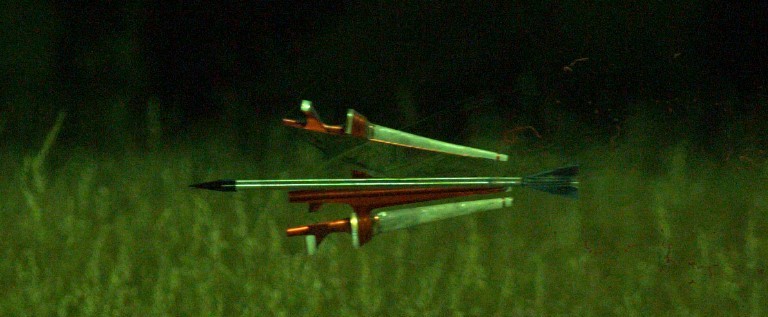Продублирую здесь.
Довольно интересная статья о новых немецких 120 и 130 миллиметровых пушках и их пропизводительности.
DM-73 - 8% повышение производительности по сравнению с DM-53/63
KE2020Neo - 20% повышение производительности (по расчетам) по сравнению с DM-53/63
The first one to enter service will be the DM73, which should reach qualification by year-end and will ensure an 8% performance increase over current DM53/DM63 rounds. However the round that will “squeeze” all the remaining growth potential from the 120 mm smoothbore weapon system will be the KE2020Neo; while the DM73 is an upgraded version of previous rounds, this one is a brand new development which qualification should start in 2024 to be completed by 2026, when it will become available on the market. The forecasted increase in performances should reach 20% compared to current armour piercing ammunition.
Из химической энергии, которая вырабатывается в каморе пушки, до цели доходит менче 20%.
- Потери тепла газом 72%
- На масса снаряда 9%
- Сопротивление воздуху 3%
- До цели доходит лишь 16% выработываемой энергии
Christoph Henselmann states that following the R&D work done, it is quite clear that in the next 20-25 years the APFSDS round will remain the ammunition of choice for tanks against tanks firefights. “The subcalibre will stay as the best option, as it reaches the target very quickly, it is extremely accurate and the only way to defeat it is by physically destroying it.” While this is true, the APFSDS concept is far than optimal as less than 20% of the energy generated in the chamber will reach the target, he explains. Gas heat loss represents 72% of the energy loss, sabot mass 9% (for a 120 mm round) while air drag accounts for a further 3%, which means that only a mere 16% of the chemical energy generated in the chamber is brought to bear on the target. “We must therefore look at what we can optimise, and the gun calibre itself, when talking of penetrators which have a diameter of 20-30 mm has a minor importance, and by the way increasing the calibre means increasing the sabot mass, adding therefore to the loss of energy,” he explains.
По их мнению ОУ достиг своего предела, в новых снарядах с повышенной энергетикой предпочтительнее вольфрам.
He also stresses that what has to be optimised is the chamber volume, which led to the 50% increase compared to the 120 mm in the first 130 mm demonstrator. According to Rheinmetall analysis, Depleted Uranium (DU) rounds, which have an edge in current energy scenarios mostly thanks to their selfsharpening shearing capability, have reached the limit, and with the increasing energy, what Mr. Henselmann referred to as the “10 MJ scenario”, the situation should reverse with an advantage for tungsten penetrators over DU ones. It is to note that Rheinmetall aims at reaching 13-14 MJ impact energy with the 120 mm APFSDS rounds currently under development. An interesting note is that he admits that neither of the penetrators, Tungsten and DU, have been tested against the latest Russian Relikt explosive reactive armour, which apparently detonates on radar command before being hit by the incoming round.
https://www.edrmagazine.eu/what-future- … etall-view



